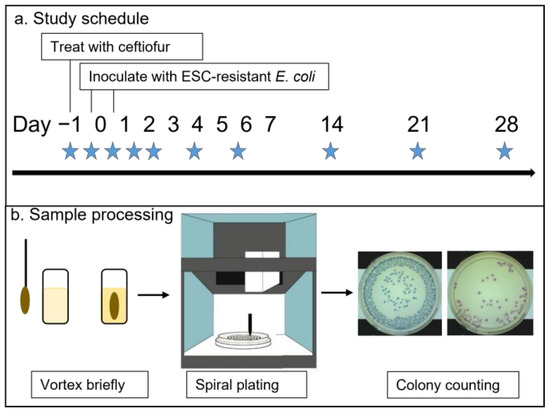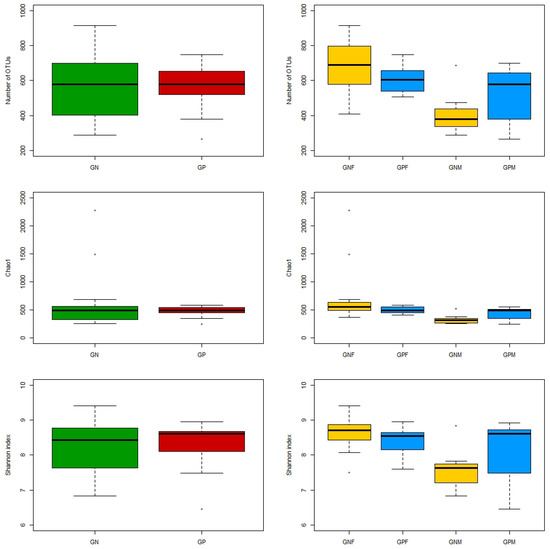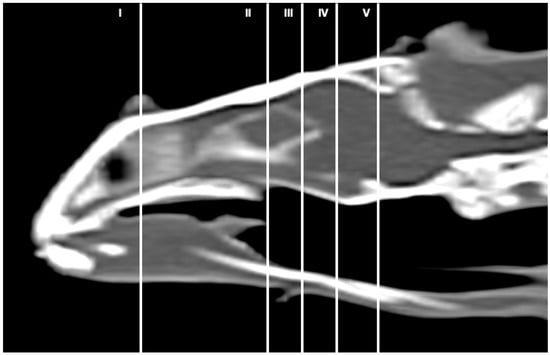Animals 2023, 13(6), 960; https://doi.org/10.3390/ani13060960 - 7 Mar 2023
Viewed by 1856
Abstract
This study aimed to investigate the interaction of fatty acid (FA) source [calcium salt of soybean oil (n-6 FA) vs. calcium salt of linseed oil (n-3 FA) both 3% DM basis] with protein content (18% vs. 22% CP, based on DM) on growth
[...] Read more.
This study aimed to investigate the interaction of fatty acid (FA) source [calcium salt of soybean oil (n-6 FA) vs. calcium salt of linseed oil (n-3 FA) both 3% DM basis] with protein content (18% vs. 22% CP, based on DM) on growth performance, blood metabolites, immune function, skeletal growth indices, urinary purine derivatives (PD), and microbial protein synthesis (MPS) in young dairy calves. Forty 3-day-old calves (20 females and 20 males) with a starting body weight (BW) of 40.2 kg were assigned in a completely randomized block design in a 2 × 2 factorial arrangement of treatments. Experimental diets were: (1) n-6 FA with 18% CP (n-6-18CP), (2) n-6 FA with 22% CP (n-6-22CP), (3) n-3 FA with 18% CP (n-3-18CP), and (4) n-3 FA with 22% CP (n-3-22CP). Starter feed intake and average daily gain (ADG) were not influenced by experimental diets (p > 0.05). However, before weaning and the entire period, feed efficiency (FE) was greater in calves fed n-3 FA compared to n-6 FA (p < 0.05). Heart girth (weaning, p < 0.05) and hip height (weaning, p < 0.05 and final, p < 0.01) were highest among experimental treatments in calves who received n-3-22CP diets. The greatest blood glucose (p < 0.05) and insulin (p < 0.01) concentrations in the pre-weaning period and the lowest serum concentration of tumor necrosis factor (before weaning, p < 0.05) were observed in calves fed the n-3-22CP diet. However, the greatest blood urea N (before weaning, p < 0.05; after weaning, p < 0.05) and urinary N excretion (p < 0.05) were found in calves fed n-6-22CP diets compared to other experimental arrangements. In conclusion, offering calves with Ca-salt of n-3 FA along with 22% CP content may be related to improved nitrogen efficiency and immune function.
Full article
(This article belongs to the Special Issue Dietary Proteins and Amino Acids: Postnatal Growth and Long-Term Health)



